
Ensuring Proper Tire Pressure in Your Fiat 500: A Safety Guide
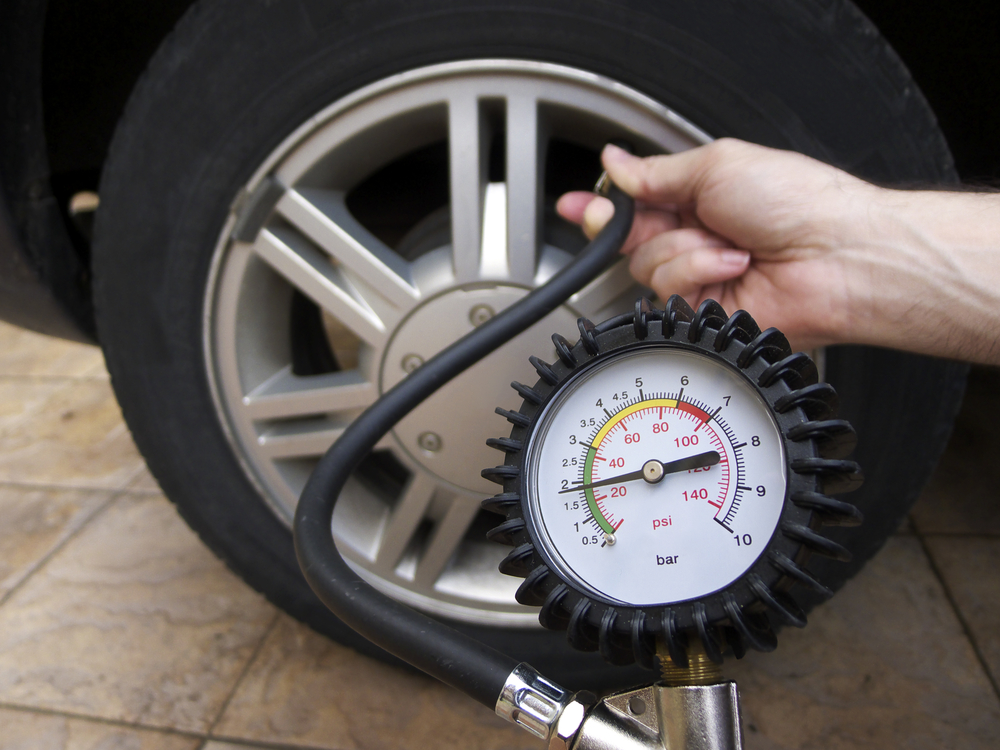
Maintaining the correct tire pressure in your Fiat 500 is crucial for ensuring a safe and smooth driving experience. Properly inflated tires enhance your vehicle's handling, improve fuel efficiency, and reduce the risk of tire-related accidents. Underinflated tires can lead to increased stopping distances, uneven tire wear, and even tire blowouts. In this guide, we will walk you through the importance of checking tire pressure, how to do it correctly, and provide tips on maintaining the recommended pressure for your Fiat 500, ultimately ensuring your safety on the road.
The Importance of Proper Tire Pressure in Your Fiat 500
Maintaining the correct tire pressure in your Fiat 500 is crucial for ensuring your safety on the road, improving fuel efficiency, and prolonging the lifespan of your tires. Underinflated tires can lead to reduced traction, increased stopping distance, and a higher risk of tire failure. On the other hand, overinflated tires can cause reduced grip on the road, making your vehicle more susceptible to skidding and losing control.
Checking Tire Pressure: A Simple yet Crucial Task
Checking the tire pressure in your Fiat 500 is a straightforward process that requires a tire pressure gauge. It's essential to check the pressure when the tires are cold, as driving can heat up the tires and give a false reading. The recommended pressure can be found on the tire information placard on the driver's side doorjamb or in your owner's manual. For the Fiat 500, the recommended pressure is typically between 32-40 PSI, depending on the model and load.
The Consequences of Incorrect Tire Pressure
Incorrect tire pressure can have serious consequences, including reduced safety, decreased fuel efficiency, and increased tire wear. Underinflated tires can cause the tire to overheat, leading to a tire blowout, while overinflated tires can lead to a loss of traction and control. Furthermore, incorrect tire pressure can also lead to uneven tire wear, reducing the lifespan of your tires and requiring premature replacement.
Maintaining the Correct Tire Pressure: Tips and Tricks
To maintain the correct tire pressure in your Fiat 500, it's recommended to check the pressure regularly, ideally once a month, and before long trips. You can also consider investing in a tire pressure monitoring system (TPMS) to alert you to any changes in pressure. Additionally, make sure to check the pressure when the tires are cold, and avoid overinflating or underinflating your tires.
| Tire Size | Recommended Pressure (PSI) | Maximum Load (kg) |
|---|---|---|
| 185/55R15 | 32 | 450 |
| 195/45R16 | 35 | 500 |
| 205/40R17 | 38 | 550 |
What is the recommended tire pressure for a Fiat 500?
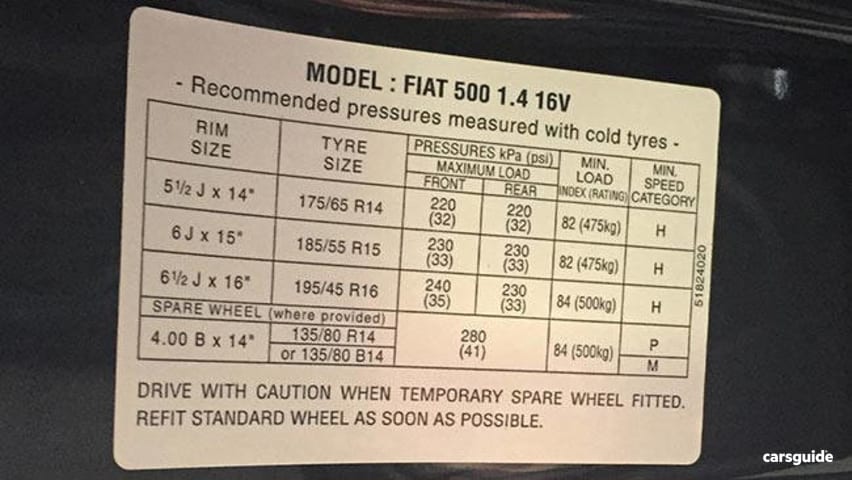
The recommended tire pressure for a Fiat 500 varies depending on several factors, including the model year, trim level, and tire size. To determine the correct tire pressure, it's essential to consult the owner's manual or the tire information placard on the driver's side doorjamb or inside the fuel filler door. Typically, the recommended tire pressure for a Fiat 500 ranges from 32 to 36 psi (pounds per square inch) for front and rear tires.
Tire Pressure Importance
Maintaining the recommended tire pressure is crucial for the overall performance and safety of the vehicle. Proper tire pressure ensures optimal handling, fuel efficiency, and tire longevity. Underinflated tires can lead to reduced traction, increased stopping distance, and uneven tire wear.
You may be interested in reading How to Identify and Fix Fuel Injector Seal Leaks in a Fiat 500
How to Identify and Fix Fuel Injector Seal Leaks in a Fiat 500- Proper tire pressure improves fuel efficiency and reduces emissions.
- Correct tire pressure enhances handling and stability, particularly when cornering or braking.
- Maintaining recommended tire pressure prolongs tire life and reduces the risk of tire failure.
Fiat 500 Tire Pressure Specifications
The correct tire pressure for a Fiat 500 can be found in the owner's manual or on the tire information placard. It's essential to check the tire pressure at least once a month and before long trips. The recommended tire pressure may vary depending on the load and driving conditions.
- Check the owner's manual for specific tire pressure recommendations for your Fiat 500 model.
- Verify the tire information placard on the driver's side doorjamb or inside the fuel filler door for the correct tire pressure.
- Adjust the tire pressure according to the load and driving conditions, such as carrying heavy loads or driving in extreme temperatures.
Checking and Maintaining Tire Pressure
To ensure the correct tire pressure, it's essential to check the tire pressure regularly using a reliable tire pressure gauge. The tire pressure should be checked when the tires are cold, meaning the vehicle has not been driven for at least three hours.
- Use a digital tire pressure gauge to ensure accurate readings.
- Check the tire pressure at least once a month and before long trips.
- Adjust the tire pressure as needed to maintain the recommended pressure.
What does ensure correct tyre pressure mean?
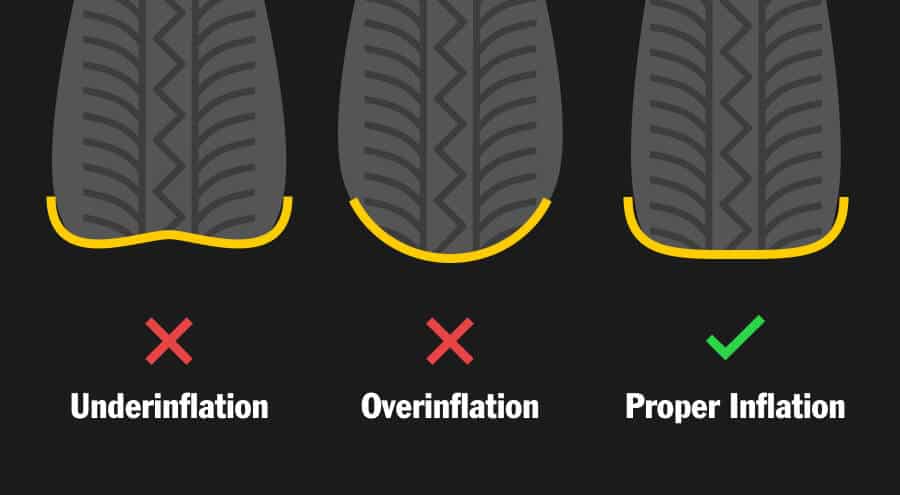
Ensuring correct tyre pressure means maintaining the recommended air pressure in a vehicle's tyres as specified by the manufacturer. This is crucial for optimal vehicle performance, safety, and fuel efficiency. Proper tyre pressure affects how the tyre interacts with the road, influencing factors such as handling, braking, and traction.
Importance of Correct Tyre Pressure
Correct tyre pressure is vital for the overall performance and safety of a vehicle. When tyres are properly inflated, they provide better grip on the road, improve handling, and reduce the risk of tyre failure. Underinflated tyres can lead to increased stopping distances and a higher risk of accidents.
- Properly inflated tyres improve fuel efficiency by reducing rolling resistance.
- Correct tyre pressure ensures even tyre wear, prolonging the life of the tyres.
- Maintaining the correct pressure enhances the vehicle's overall handling and stability.
Consequences of Incorrect Tyre Pressure
Incorrect tyre pressure, whether overinflated or underinflated, can have significant consequences on vehicle safety and performance. Underinflated tyres are more prone to overheating and failure, especially at high speeds. Overinflated tyres can lead to reduced traction and increased risk of damage from road debris.
- Underinflated tyres increase the risk of tyre blowouts and accidents.
- Overinflated tyres can cause uneven tyre wear and reduce the tyre's lifespan.
- Incorrect tyre pressure can lead to decreased fuel efficiency and increased emissions.
Checking and Maintaining Tyre Pressure
To ensure correct tyre pressure, it's essential to check the pressure regularly. The recommended pressure can be found on the tyre information placard on the vehicle's doorjamb or in the owner's manual. Tyre pressure should be checked when the tyres are cold, meaning the vehicle has not been driven for a few hours.
- Use a reliable tyre pressure gauge to check the pressure.
- Check tyre pressure at least once a month and before long trips.
- Adjust the pressure according to the manufacturer's recommendations for the vehicle's load and driving conditions.
What is the common problem with Fiat 500?

 How to Identify and Fix Fuel Injector Seal Leaks in a Fiat 500
How to Identify and Fix Fuel Injector Seal Leaks in a Fiat 500 Preventing Rust on Your Fiat 500: Tips for Longevity
Preventing Rust on Your Fiat 500: Tips for LongevityThe Fiat 500 is a popular city car known for its stylish design and compact size. However, like any other vehicle, it has its share of common problems. One of the most significant issues with the Fiat 500 is related to its reliability and durability.
Transmission and Clutch Issues
The Fiat 500 has been known to have transmission and clutch problems, particularly in the earlier models. This can cause issues with the car's performance, making it difficult to shift gears or resulting in the clutch failing prematurely. Some of the common symptoms of transmission and clutch problems include:
- Difficulty shifting gears or a grinding sensation when shifting
- Slipping or hesitation when accelerating
- Unusual noises when pressing the clutch pedal or shifting gears
Electrical System Faults
Another common problem with the Fiat 500 is related to its electrical system. This can manifest in a variety of ways, including issues with the car's infotainment system, lighting, and other accessories. Some owners have reported problems with the car's battery draining quickly or the electrical system malfunctioning. Some of the common electrical system faults include:
- Infotainment system freezing or failing to respond
- Faulty or flickering headlights or interior lights
- Electrical surges or spikes causing damage to other components
Rust and Corrosion Issues
Some Fiat 500 owners have reported issues with rust and corrosion, particularly in areas with high humidity or salted roads. This can cause significant damage to the car's body and structural integrity, potentially leading to costly repairs. Some of the common signs of rust and corrosion include:
- Rust spots or patches on the car's body or undercarriage
- Flaking or blistering paint
- Weak or brittle metal that is prone to cracking or breaking
Frequently Asked Questions
Why is proper tire pressure important for my Fiat 500?
Proper tire pressure is crucial for your Fiat 500 as it directly affects the vehicle's safety, fuel efficiency, and overall performance. Underinflated tires can lead to reduced traction, increased stopping distance, and increased risk of tire failure. Maintaining the recommended tire pressure ensures optimal handling, braking, and fuel economy, thereby enhancing your driving experience and safety on the road.
How do I check the tire pressure in my Fiat 500?
To check the tire pressure in your Fiat 500, first, ensure the tires are cold, meaning the vehicle has not been driven for at least three hours. Then, locate the tire information placard on the driver's side doorjamb or inside the fuel filler door. Use a tire pressure gauge to measure the pressure and compare it with the recommended pressure listed on the placard. Adjust the pressure as necessary.
What is the recommended tire pressure for my Fiat 500?
The recommended tire pressure for your Fiat 500 can be found on the tire information placard, usually located on the driver's side doorjamb or inside the fuel filler door. This information is also available in your owner's manual. The recommended pressure varies depending on the model year, trim level, and tire size, so it's essential to refer to the correct information for your specific vehicle.
How often should I check the tire pressure in my Fiat 500?
You should check the tire pressure in your Fiat 500 at least once a month and before long trips. Additionally, check the pressure when the seasons change, as temperature fluctuations can cause the tire pressure to vary. Regular checks help maintain the optimal pressure, ensuring your safety on the road and prolonging the life of your tires.
You may be interested in reading How to Identify and Fix Fuel Injector Seal Leaks in a Fiat 500
How to Identify and Fix Fuel Injector Seal Leaks in a Fiat 500 Preventing Rust on Your Fiat 500: Tips for Longevity
Preventing Rust on Your Fiat 500: Tips for Longevity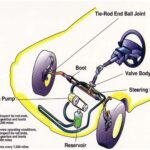 Understanding and Preventing Power Steering Failures in the Fiat 500
Understanding and Preventing Power Steering Failures in the Fiat 500
If you want to know other articles similar to Ensuring Proper Tire Pressure in Your Fiat 500: A Safety Guide you can visit the category Tips.
Deja una respuesta

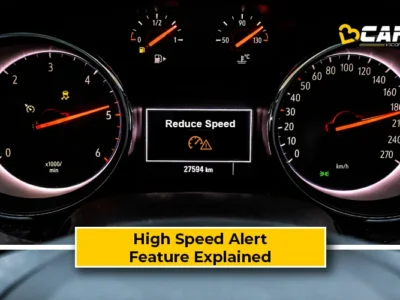




More content of your interest